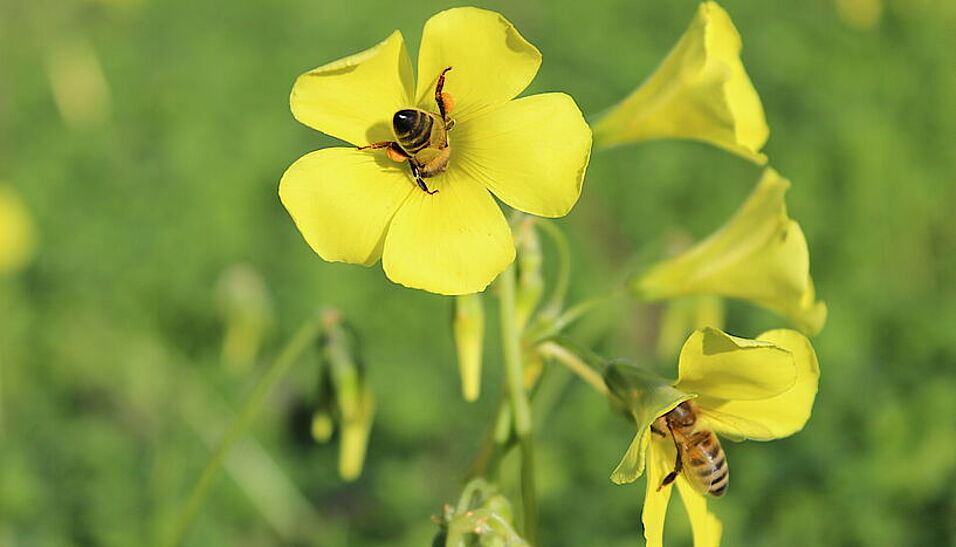The international team of researchers, among them Franz Essl, Bernd Lenzner and Dietmar Moser from the Department of Botany and Biodiversity Research, show that naturalization likelihood is 18 times higher for economic than non-economic plants. Naturalization success is highest for plants grown as animal food or for environmental uses (e.g. ornamentals), and increases with number of uses. Taxa from the Northern Hemisphere are disproportionately over-represented among economic plants, and economic plants from Asia have the greatest naturalization success. In regional naturalized floras, the percentage of economic plants exceeds the global percentage and increases towards the equator. Phylogenetic patterns in the naturalized flora partly result from phylogenetic patterns in the plants we cultivate. Our study illustrates that accounting for the intentional introduction of economic plants is key to unravelling drivers of plant naturalization. [more]
Mark van Kleunen, Xinyi Xu, Qiang Yang, Noëlie Maurel, Zhijie Zhang, Wayne Dawson, Franz Essl, Holger Kreft, Jan Pergl, Petr Pyšek, Patrick Weigelt, Dietmar Moser, Bernd Lenzner and Trevor S. Fristoe, Economic use of plants is key to their naturalization success, Nature Communications, 24 June 2020. doi.org/10.1038/s41467-020-16982-3

